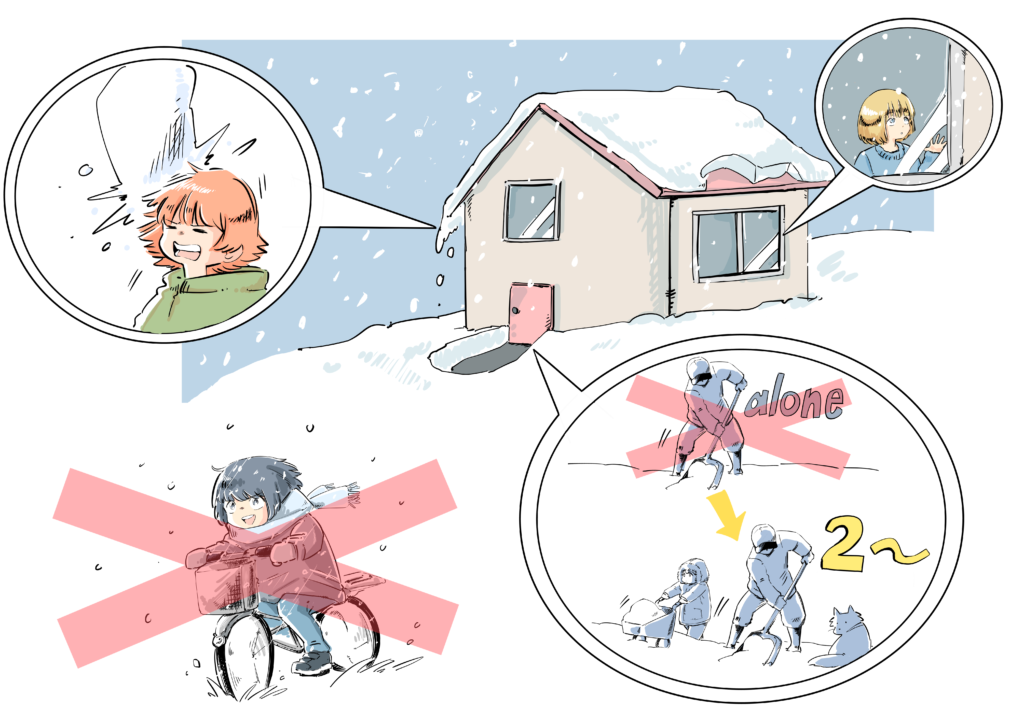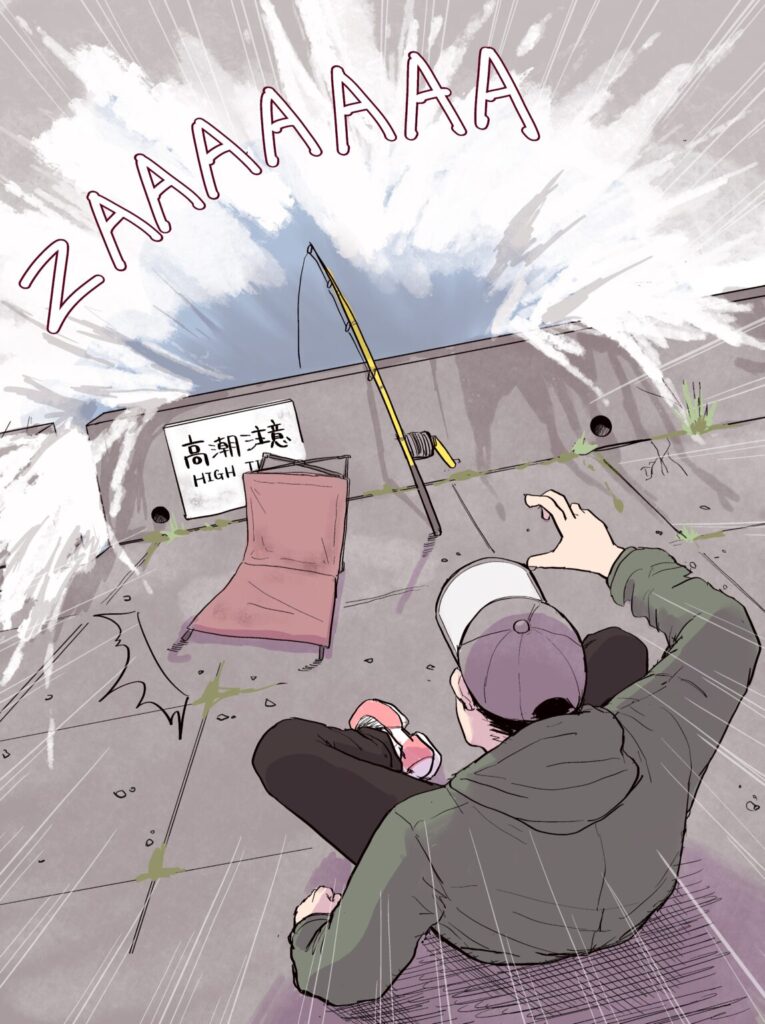
During a snowstorm, the roads become slippery, people can easily slip and fall, and traffic accidents are common. Try to stay inside and not walk around.
When you go out, make sure to watch out for slippery snow under your feet and over your head and walk slowly.
You are advised not to ride bicycles or motorcycles as the tires tend to slip easily and can prove dangerous.
If you happen to be driving and it is snowing heavily, take care that the exhaust pipe is not blocked the snow, but if there is still the possibility of being trapped in your car, call for help immediately.
Store emergency supplies such as food, candles and water in your car ahead of time.
It is recommended to clear the snow from the entrance of your house as soon as possible, and ask two or more people at a time to work on the roof to ensure safety.


